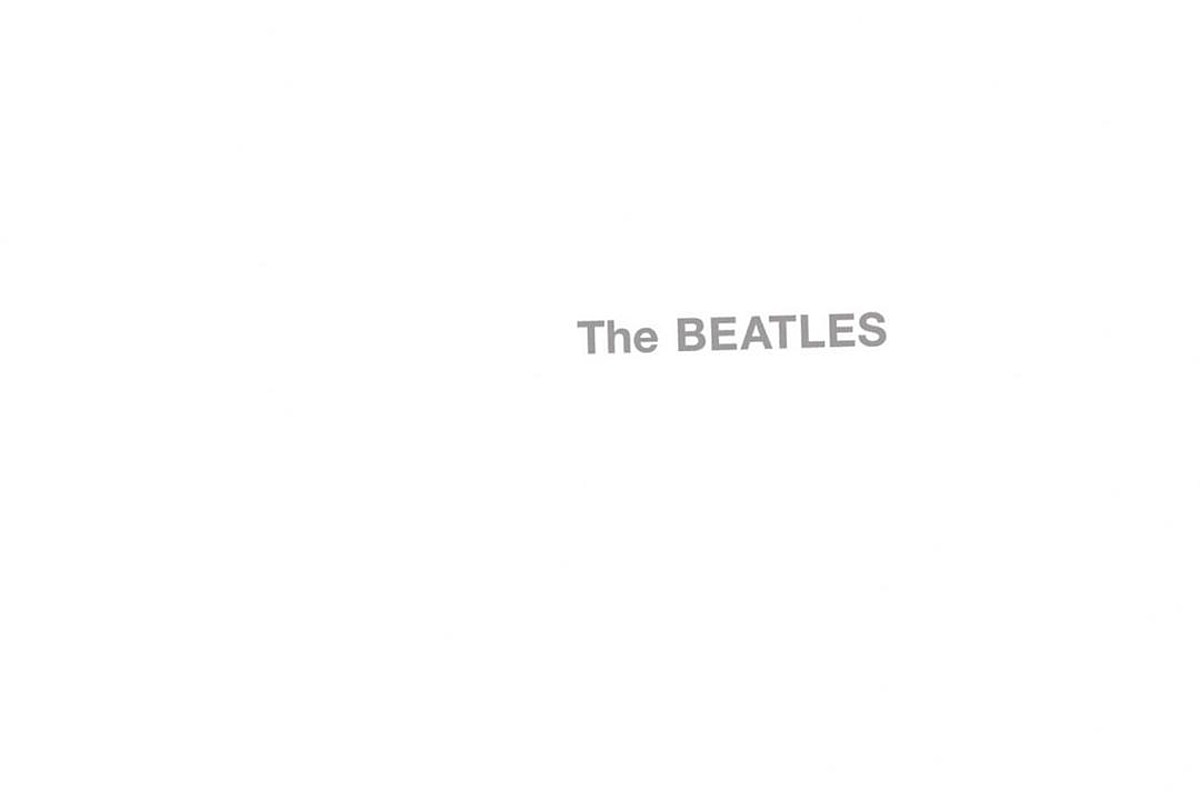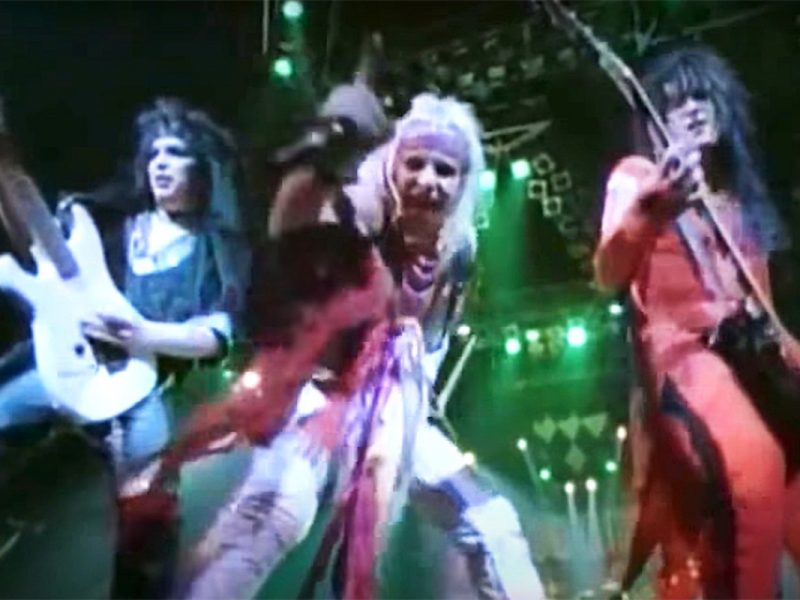The name of the album may have signified a unified front, but it was really the beginning of the end. On Nov. 22, 1968, the Beatles released their self-titled two-LP set, which would soon be known as the White Album.
Perhaps its title was a way of showing the world that the tumultuous year they had endured could only strengthen them. After all, the Beatles should have celebrated a victory lap following the release of Sgt. Pepper’s Lonely Hearts Club Band.
Instead, they appeared to be in a free-fall. The Beatles had suffered the death of manager Brian Epstein, created their first critical disaster (the Magical Mystery Tour film), fallen out with Maharishi Mahesh Yogi, and seen Apple, their new business venture, get off to an inauspicious beginning.
READ MORE: The Beatles White Album Songs Ranked
Unknown to the public at the time, the recording sessions for The Beatles were incredibly fractious, with the songwriters working on their tracks in separate studios and bringing in the others when needed. It didn’t help that John Lennon insisted on having Yoko Ono, his new girlfriend, in the studio with him.
Listen to the Beatles’ ‘Helter Skelter’
Animosity Leads to Double Album Concept
Drummer Ringo Starr even quit the band for a few weeks during the White Album sessions, frustrated by escalating tensions in the studio. So, a little bit of defensive overcompensation from the group could perhaps be forgiven.
In fact, The Beatles only became a double album because of mutual animosity, as way to appease all parties involved. Most agree that the project might have been better served by paring it down to a single disc – except Paul McCartney, who defended its length in Anthology by saying, “It’s great, it sold, it’s the bloody Beatles’ White Album. Shut up!” – but there’s no consensus on which songs should have been omitted.
The record’s chief selling point is the command with which the group handled its sprawling diversity. McCartney filtered the previous 50 years of American music through his own perspective. He tries his hand at folk (“Blackbird,” “Mother Nature’s Son”), country (“Rocky Raccoon”), Tin Pan Alley-style balladry (“I Will”), vaudeville (“Honey Pie”), Fats Domino (“Why Don’t We Do It in the Road?”) and the Beach Boys via Chuck Berry (“Back in the U.S.S.R.”).
Lennon, for his part, was looking toward the future with more abstract songs like “Happiness Is a Warm Gun,” “The Continuing Story of Bungalow Bill,” “Everybody’s Got Something to Hide Except Me and My Monkey” and the avant-garde sound collage “Revolution 9.” Conversely, he also wrote some of his most overtly autobiographical material to date in “Julia” and “Sexy Sadie,” his parting shot at the Maharishi.
Listen to the Beatles’ ‘While My Guitar Gently Weeps’
George Harrison Comes Into His Own
Meanwhile, George Harrison was very quickly coming into his own as a songwriter, penning “Piggies,” “Long Long Long,” “Savoy Truffle” and one of his most beloved cuts, “While My Guitar Gently Weeps,” which featured a guest solo from his good friend Eric Clapton. Even Starr got in on the act with his first composition, offering a honky-tonk arrangement on “Don’t Pass Me By” that is charmingly clunky. (Years later, the Georgia Satellites’ slamming cover gave it the treatment it needed.)
Even if the music didn’t reflect the disharmony within the group, the packaging provided hints. For the only time in the Beatles’ history, the LP cover didn’t feature a photograph or drawing of the band. Instead, pop artist Richard Hamilton envisioned an all-white sleeve with “The Beatles” embossed slightly off-center and with a serial number stamped below it. The only visual representation of the four men came in the individual photographs by John Kelly that were included inside the album.
The Beatles would continue to make music that met their incredibly high standards, but damage done during the sessions for the White Album would prove to be irreparable. In an attempt to fix the situation, McCartney suggested that the group return to their roots as a rock band without all the added distractions.
As the original Let it Be movie shows, however, by then it was too late. Within a year and a half of the release of the The Beatles, the group would be dissolved in a series of acrimonious lawsuits.
Classic Rock’s 20 Worst Mistakes
Counting down the worst things that ever happened in classic rock.
Gallery Credit: Nick DeRiso
Who Was the Fifth Beatle?



